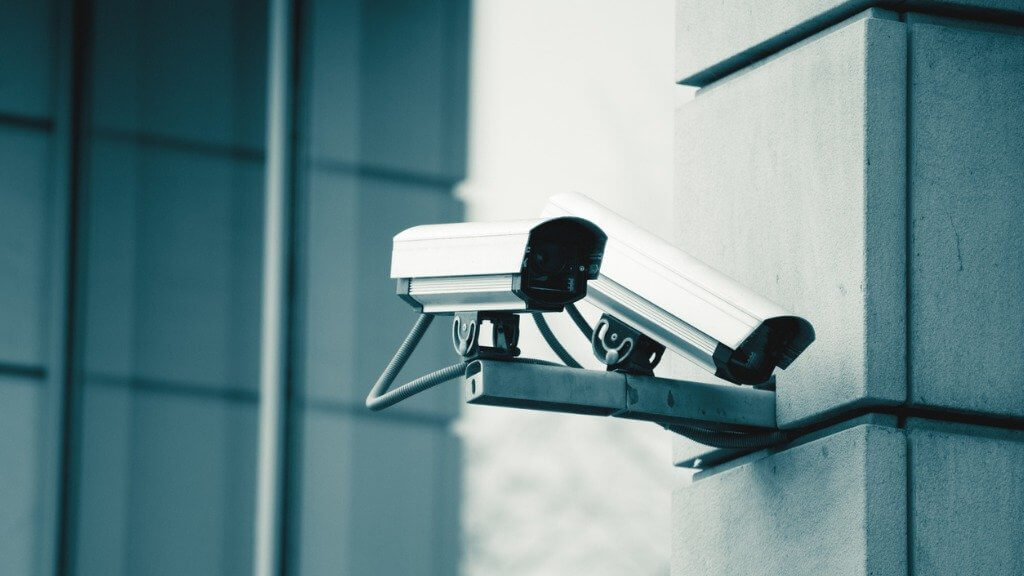5 Steps To Ensure Security On Long-Term Projects

As your business grows, so does the number of moving parts. You might be expanding into new markets, adding more products or services, or simply taking on more clients.
Regardless of the reason for growth, one thing is certain: with more responsibility comes an increased need for security. Whether you’re dealing with sensitive customer data, important company financials, major construction work, or anything in between, it’s critical to keep your project information safe and secure.
But how can you safeguard your project without putting a damper on productivity? In this article, we’ll show you five steps to take to ensure security on long-term projects.
1. Define security protocols early on
When it comes to security, there’s no such thing as a one-size-fits-all solution. The best way to protect your work is to tailor your security protocols to fit the specific needs of your project.
To do this, you’ll need to sit down with your team and stakeholders early on and identify what information needs to be kept secure. Once you have a clear understanding of the types of activities or data you’re dealing with, you can start putting together a plan for how to keep it safe.
2. Establish roles and responsibilities
Once you know what needs to be done to keep your work safe, it’s time to assign roles and responsibilities. Depending on the size of your team and the scope of your project, you might need to designate a security lead or create a security committee. Whoever is in charge of security, it’s important to make sure they have the authority to make decisions and enforce policies.
3. Implement technical controls
There are a variety of technical controls you can put in place to safeguard your project like online project data, including access control lists, firewalls, and encryption. Which ones you use will depend on the types of data you’re dealing with and the specific needs of your project.
4. Educate your team
No matter how strong your technical controls are, they won’t do any good if your team doesn’t know how to use them properly. That’s why it’s so important to educate your team on security best practices before they start working on the project.
Make sure everyone understands the importance of security and knows how to access and use the various security controls you’ve put in place. The more informed your team is, the less likely it is that they’ll make a mistake that could jeopardise the security of your project.
5. Monitor activity
Once your project is up and running, it’s important to keep an eye on what’s going on. In addition to CCTV KITS, regularly review logs and activity reports looking for any suspicious behaviour would be needed. If you see something that doesn’t seem right, investigate immediately.
In addition to monitoring activity, it’s also a good idea to perform regular security audits. These can help you identify any weak points in your security protocols so you can make the necessary changes to shore them up.
There You Go
As your business grows, so does the need for security. By following these five steps, you can ensure that your data is protected on long-term projects.




